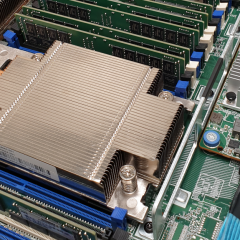Outlook – Disable Cached Mode with Group Policy
KB ID 0000507 Problem I got asked how to do this today, a client has a number of roaming users (teachers) who don’t like waiting for Outlook to create a local copy of the mailbox each time they log on. To be honest as they have Exchange 2010 they would be better using the feature rich Outlook Web App (OWA) rather than the full client if they need to move around so much but hey, I was asked. Solution 1. To do this you need to use...
Outlook Web App 2013 – Offline Mode
KB ID 0000727 Problem A great new feature of OWA 2013 is the ability to run in ‘Offline mode’. This runs in the same manner as Microsoft Outlook’s ‘Cached Mode’ which has been built into full Outlook since version 2003. There are a few caveats before you can get it to work; Requirements for OWA Offline Mode 1. A compatible browser (Internet Explorer 10, Chrome 18, or Safari 5.1). source 2. You...


